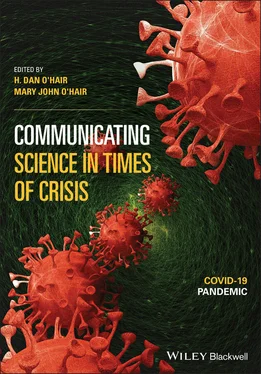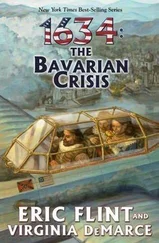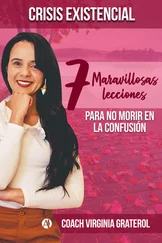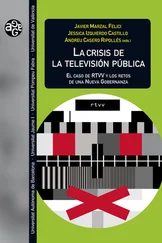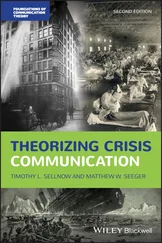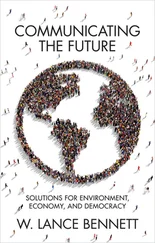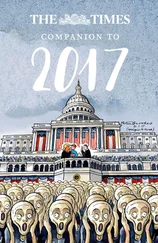Michael T. Childress
Center for Business and Economic Research, Gatton College of Business and Economics, University of Kentucky, Lexington, KY
Michael W. Clark
Center for Business and Economic Research, Gatton College of Business and Economics, University of Kentucky, Lexington, KY
Alyssa Clements-Hickman
Department of Educational, School, and Counseling Psychology, University of Kentucky, Lexington, KY
Jennifer Cook
WUCF TV & FM, Orlando, FL
Christine Drew
Department of Special Education, Rehabilitation, & Counseling, Auburn University, Auburn, AL
Mark Gawron
Department of Linguistics and Asian/Middle Eastern Languages, San Diego State University, San Diego, CA
Debbie Gregory
Texas A&M University, College Station, TX
Kirk Hamilton
Department of Architecture, Texas A&M University, College Station, TX
Erin B. Hester
Department of Integrated Strategic Communication, University of Kentucky, Lexington, KY
Vanessa Hinton
Department of Special Education, Rehabilitation, & Counseling, Auburn University, Auburn, AL
Jade Hollan
Department of Educational, School, and Counseling Psychology, University of Kentucky, Lexington, KY
Bobi Ivanov
Department of Integrated Strategic Communication, University of Kentucky, Lexington, KY
Jakob D. Jensen
Department of Communication University of Utah, Salt Lake City, UT
Yi Grace Ji
Department of Mass Communication, Advertising, and Public Communication, Boston University, Boston, MA
Zongchao Cathy Li
School of Journalism and Mass Communications, San Jose State University, San Jose, CA
Helen Lillie
Department of Communication, University of Utah, Salt Lake City, UT
Robert S. Littlefield
Nicholson School of Communication and Media, University of Central Florida, Orlando, FL
Haijing Ma
Department of Communication, University of Oklahoma, Norman, OK
Patrick Merle
School of Communication, Florida State University, Tallahassee, FL
Claude H. Miller
Department of Communication, University of Oklahoma, Norman, OK
Jessica Wendorf Muhamad
School of Communication, Florida State University, Tallahassee, FL
William Nowling
Wayne State University, Detroit, MI
H. Dan O’Hair
Department of Communication, University of Kentucky, Lexington, KY
Mary John O’Hair
Department of Educational Leadership Studies, University of Kentucky, Lexington, KY
Kimberly A. Parker
Department of Integrated Strategic Communication, University of Kentucky, Lexington, KY
Adam J. Parrish
Nicholson School of Communication and Media, University of Central Florida, Orlando, FL
Manusheela Pokharel
Department of Communication Studies, Texas State University, San Marcos, TX
Kevin Real
Department of Communication, University of Kentucky, Lexington, KY
Robert J. Reese
Department of, Special Education, Rehabilitation, & Counseling, Auburn University, Auburn, AL
Matthew W. Seeger
College of Fine, Performing, and Communication Arts, Wayne State University, Detroit, MI
Deanna D. Sellnow
Nicholson School of Communication and Media, University of Central Florida, Orlando, FL
Timothy L. Sellnow
Nicholson School of Communication and Media, University of Central Florida, Orlando, FL
Rodrigo Soares
Nicholson School of Communication and Media, University of Central Florida, Orlando, FL
Brian H. Spitzberg
School of Communication, San Diego State University, San Diego, CA
Don W. Stacks
School of Communication, University of Miami, Coral Gables, FL
Ming-Hsiang Tsou
Department of Geography, and the Center for Human Dynamics in the Mobile Age, San Diego State University, San Diego, CA
Kevin B. Wright
Department of Communication, George Mason University, Fairfax, VA
Bora Yook
Department of Public Relations, Fairfield University, Fairfield, CT
Lu S. Young
Department of Educational Leadership Studies, University of Kentucky, Lexington, KY
Terri Zborowsky
Smith Seckman Reid Engineering, Nashville, TN
Part 1 Conceptualizing Communication Science and COVID-19
1 Managing Science Communication in a Pandemic
H. Dan O’Hair and Mary John O’Hair
University of Kentucky
In December 2019, events began cascading in Asia that changed the lives of everyone on this planet. The transmission of a virus from a bat to humans (known as zoonotic ) was little understood at the time, but after only a period of three months, the coronavirus that became known as COVID-19 became the conversation on the tips of tongues of all people. The pushing out of science by medical, technical, even political professionals developed into an onslaught of information that tested most individuals’ learning curves.
The study of science communication has taken some important turns in the last 20–30 years. The meteoric spread of infectious diseases; changing conditions in society, in the atmosphere, in our climate; technological advances; and changes in human relationships have offered rich contexts in which to apply communication theory.
… disease outbreaks, terrorist acts, and natural disasters are obvious examples of contexts in which risk and health communication play increasingly critical roles. Broadcasting media have found risk and health crisis events to be particularly seductive as stories that fascinate their audiences. Moreover, with digital media evolving at such a rapid rate, many members of the audience have taken on the role of newsmaker or reporter—we are not entirely certain to what effect. Digital media has proven to serve many useful functions such as operating as a conduit for warnings to the public and acting as a gauge for how messages are received and acted upon. On top of these dynamic conditions, many in the science, risk and health communication research communities find extreme events and hazardous contexts to be on the increase, and an evolving media landscape introduces both challenges and opportunities for using communication to manage these situations.
(O’Hair, 2018, p. 3)
In this vein, this book will address issues related to the COVID-19 pandemic as well as the research implications intrinsic in the process of communicating science in times of crisis.
This book features chapters that reflect state-of-the art discussion by contributors who propose cutting-edge analysis on the topic of science communication involving extreme events. Authors were commissioned to explore the most salient issues in science communication contexts. Each of the chapters focuses on events and processes facing long into the future. In meeting this challenge, these volumes will feature a line of analysis that connects communication science issues, public policy, education, and the pandemic into a coherent narrative.
The authors created unique perspectives from which to portray these contexts and their accompanying challenges. Each chapter signifies the most up-to-date research in these areas with insightful ideas of where future research and best practices should proceed in the future. Like other recent scholarly books we have published (O’Hair, 2018; O’Hair & O’Hair, 2020), original research findings are offered from ongoing research programs, and in other chapters, unique frameworks and models are presented that unpack constituent elements of complex processes, and “casting them into discernable designs worthy of consideration by researchers, practitioners, and policy makers” (O’Hair, 2018, p. 4). The importance of this work is its ability to bring together the best scholarship in science communication research.
Читать дальше
